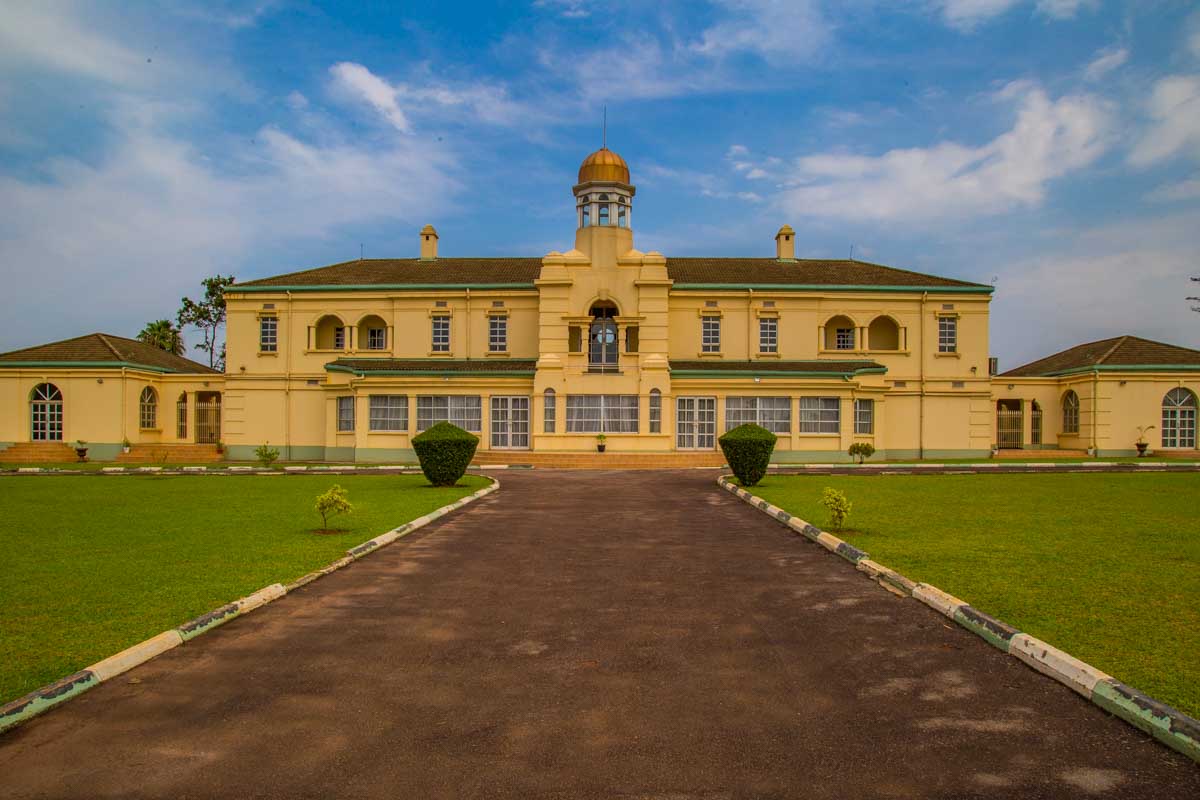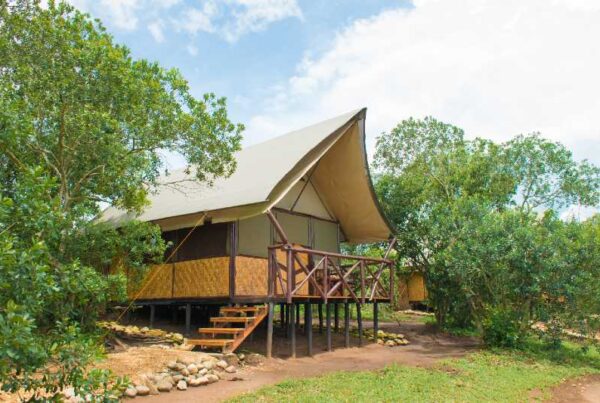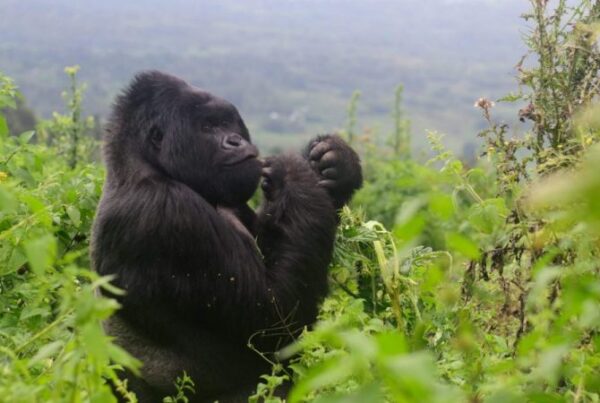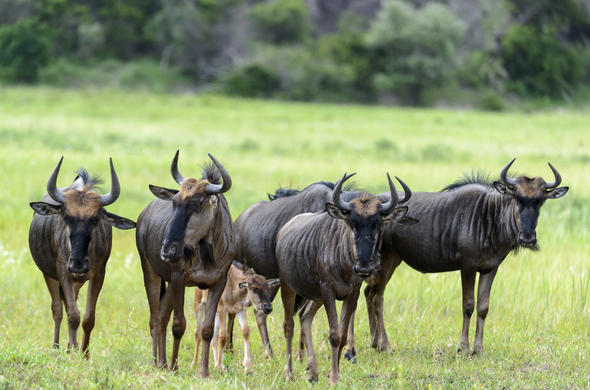Kabaka’s Palace: Budget-Friendly Ideas to Hiking with Kids
Where History Meets Family Adventure
Every family outing is remembered not only for the fun it brings but also for the stories it inspires. In the heart of Kampala, one of Uganda’s most remarkable historical landmarks, Kabaka’s Palace, has been recognized not only as a place of royal heritage but also as a fascinating destination for families seeking outdoor adventures with children. For parents, balancing cultural enrichment with exciting activities for kids often seems challenging, yet within the palace grounds and the surrounding environment, opportunities for budget-friendly hiking blend seamlessly with history, learning, and family bonding.
When children are introduced to destinations that combine adventure with heritage, they begin to appreciate their surroundings in unique ways. The Kabaka’s Palace, originally built in the 1880s and deeply tied to the Buganda Kingdom, offers more than historical tours; it serves as a backdrop where families can weave meaningful narratives of exploration. Through hiking trails around its grounds, scenic walks, and child-friendly experiences, a day spent here becomes an affordable but enriching family adventure that educates as much as it entertains.
Understanding the Significance of Kabaka’s Palace
The Kabaka’s Palace, locally known as Lubiri, was constructed by Kabaka Mwanga II in 1885 and has since been a symbol of royal authority and cultural identity within Buganda. The palace has stood as a witness to triumphs, political struggles, and cultural milestones that shaped the kingdom and Uganda as a whole. Its architectural style, combined with sprawling grounds, provides both grandeur and accessibility for visitors, including families with children.
Introducing children to such a site is not just about history lessons. It is about allowing them to walk where kings once walked, to explore spaces where traditions were preserved, and to connect with the legacy of Uganda in an interactive manner. The palace grounds are vast enough to allow room for exploration, making it a suitable destination for family hiking experiences that combine education, leisure, and physical activity.
Why Kabaka’s Palace is Ideal for Families with Kids
The palace grounds are not overwhelming in size, making them manageable for children, yet they remain spacious enough to give a sense of adventure. Families often search for places that combine safety, openness, and engaging activities. Kabaka’s Palace provides exactly that.
Unlike remote hiking trails that may pose risks for younger children, the palace’s surroundings offer controlled environments where parents can allow exploration while maintaining supervision. The terrain is generally gentle, with pathways that are easy to navigate, making it possible for even younger children to enjoy hiking without exhaustion.
The cultural richness also provides an additional dimension to the outing. Parents do not have to limit the trip to physical activity alone. At every corner, history presents itself through guided tours, artifacts, and stories from palace guides, ensuring that children learn while they play. This combination of movement and meaning transforms the visit into a wholesome family experience.
The Concept of Budget-Friendly Hiking with Children
Family travel often raises concerns about expenses, especially when activities require transportation, entrance fees, or specialized gear. However, hiking at Kabaka’s Palace can be approached in a way that aligns with budget-conscious families. The entrance fees are relatively affordable compared to other attractions in Uganda, and the simplicity of the activity requires little more than comfortable shoes, water, and a sense of adventure.
The palace grounds themselves provide much of the entertainment. Children find fascination in running through open lawns, climbing gentle slopes, and observing historical structures. Parents, meanwhile, enjoy the satisfaction of creating memories without overstretching financial resources. The affordability of the outing ensures that families can plan repeat visits, allowing kids to gradually deepen their understanding of the palace’s cultural significance.
Exploring Hiking Opportunities at Kabaka’s Palace
Hiking at the palace does not resemble trekking through mountain ranges, yet it provides meaningful walks and trails that children find both enjoyable and manageable. The spacious grounds, tree-lined pathways, and gentle slopes create a sense of outdoor adventure that is scaled perfectly for families.
The experience begins at the palace entrance, where families are introduced to Buganda’s history. From here, walks can extend across the manicured gardens, past symbolic monuments, and toward historical sites within the compound. Children often enjoy the sense of discovery that comes with moving from one area to the next, especially when guides explain the historical importance in storytelling tones that capture their imagination.
Parents find that each step offers not only physical activity but also an opportunity for family conversation. Questions asked by children, stories shared by guides, and quiet moments of observation all come together to create a layered experience where hiking becomes more than movement—it becomes a journey through heritage.
Kid-Friendly Attractions within the Palace
One of the reasons Kabaka’s Palace is highly suitable for family hiking is the presence of attractions that resonate with children. The architecture, while majestic, is also approachable in its design. Children are drawn to the palace gates, the towers, and the vast lawns where they can walk freely.
Perhaps the most intriguing feature for older children is the entrance to the Amin torture chambers, an underground section that carries historical significance. While the narrative surrounding this site is sensitive, older children can be introduced to it in age-appropriate ways, ensuring that they learn about Uganda’s past in a manner that balances truth with sensitivity.
For younger children, the gardens provide spaces to rest, snack, or play between guided hikes. These intervals prevent fatigue and ensure that the entire family can remain engaged throughout the outing.
The Role of Storytelling in Hiking with Kids
One of the most powerful tools parents and guides can use to enrich hiking experiences with children is storytelling. At Kabaka’s Palace, stories abound—tales of kings, royal ceremonies, cultural practices, and political history all emerge naturally from the surroundings.
Children are naturally drawn to stories, and when these narratives are paired with the physical act of walking through historical sites, the information becomes alive. Parents who retell legends of Buganda or guides who explain rituals once performed in the palace allow children to see history not as distant but as part of the environment they are exploring.
This blending of hiking and storytelling creates a form of experiential learning, where children absorb lessons not only through listening but also through direct interaction with their environment. For families, this ensures that the hiking trip becomes both educational and memorable.
Encouraging Physical Fitness Through Family Hiking
The importance of physical activity for children cannot be overstated, and hiking provides a perfect means of combining exercise with adventure. The palace grounds encourage walking, running, and climbing, all of which contribute to building stamina and strengthening muscles in children. Unlike indoor play areas, hiking at Kabaka’s Palace allows children to enjoy fresh air, natural scenery, and open spaces that promote both mental and physical well-being.
Parents, too, benefit from this activity. The shared movement fosters bonding, reduces stress, and reinforces the value of outdoor recreation. For many families, the affordability of hiking at the palace allows them to make it a routine activity, integrating cultural appreciation with regular exercise.
Creating Memorable Family Rituals at the Palace
Hiking with children often becomes more meaningful when it is tied to family rituals. At Kabaka’s Palace, parents can create traditions around their visits—perhaps starting each hike with a photo at the palace gates, sharing a picnic on the lawns after walking, or reflecting together at the end of the tour about what each family member learned.
These rituals transform a simple outing into a tradition that children look forward to. Over time, they develop emotional connections to the palace, remembering it not only as a site of heritage but also as a place where family bonds were strengthened. These lasting memories are priceless and often serve as the foundation for children’s lifelong appreciation of culture and history.
Practical Considerations for Families
Visiting Kabaka’s Palace with children requires practical planning to ensure comfort and engagement. Lightweight clothing, comfortable shoes, water, and snacks are essential. Families often choose to visit in the morning or late afternoon when temperatures are cooler, making the hiking experience more pleasant for children.
The presence of guides ensures that safety and education are combined. Parents can rely on their expertise for storytelling and navigation, while focusing on ensuring that children remain engaged. Affordability remains central to the experience, as the palace does not require expensive gear or arrangements, allowing families to prioritize the joy of the adventure over the cost.
The Broader Significance of Family Hiking in Historical Spaces
Hiking with children at Kabaka’s Palace is more than recreation. It is a way of connecting future generations with Uganda’s past in a tangible, approachable manner. By walking through historical sites, children develop a sense of pride and belonging, understanding that their heritage is alive and accessible.
Parents who prioritize such activities instill values of cultural appreciation, respect for history, and love for nature in their children. In the long run, these experiences shape children’s identities, fostering curiosity, empathy, and resilience.
A Heritage-Filled Adventure for Families
The Kabaka’s Palace in Kampala stands as more than a royal residence; it is a place where culture, history, and family adventure meet. For parents seeking budget-friendly activities, hiking with children around the palace grounds offers a perfect blend of physical activity, education, and bonding. The manageable terrain, historical richness, and affordability create an experience that is accessible to families from diverse backgrounds.
In choosing Kabaka’s Palace as a family destination, parents give their children not only a chance to exercise and explore but also a priceless opportunity to connect with Uganda’s cultural heritage in ways that are interactive and memorable. Hiking here proves that family adventures do not need to be costly to be meaningful. They simply need to be intentional, thoughtful, and rooted in love.
For families ready to turn their exploration of Kabaka’s Palace into part of a broader Ugandan adventure, it is highly recommended to book their Africa tours and safaris through WildHorn Africa, a trusted provider that ensures every journey is crafted with care, cultural respect, and unforgettable experiences for all ages.





 WildHorn Africa – Authentic and unforgettable tours across Africa, guided by local experts who know the land, wildlife, and culture best.
WildHorn Africa – Authentic and unforgettable tours across Africa, guided by local experts who know the land, wildlife, and culture best.


